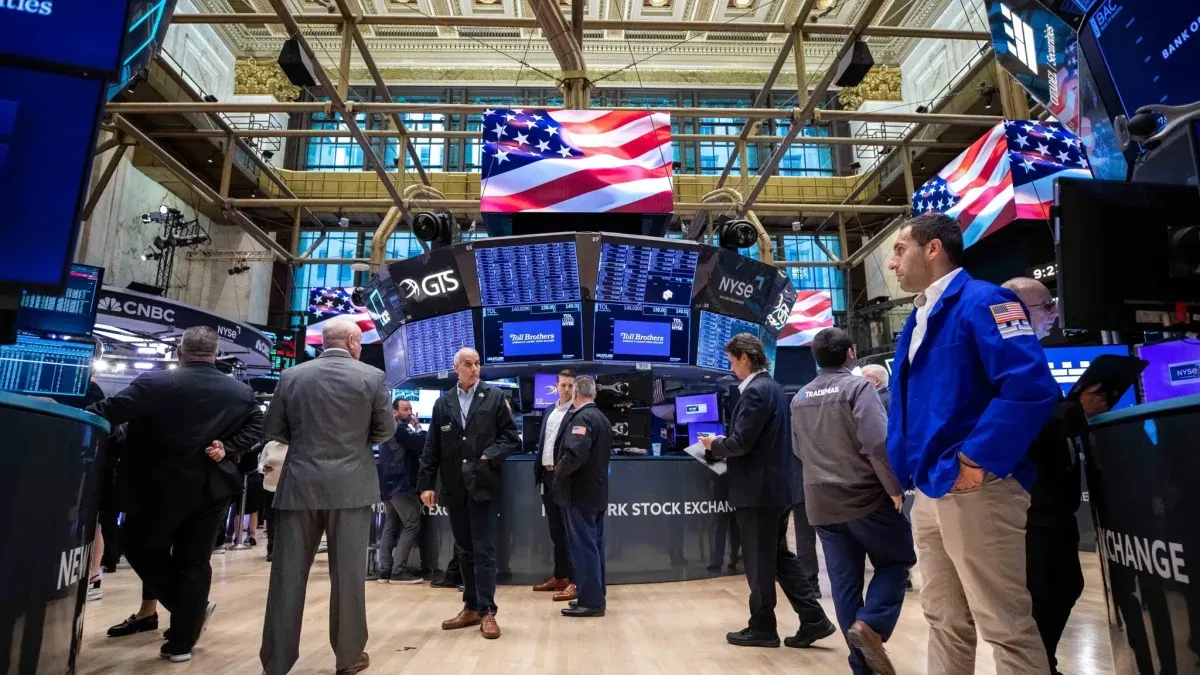For this expert, the S&P 500 index will finally find an apartment in the midst of monetary uncertainty, fiscal difficulties and pressure on the benefits keep market volatility.
The United States Chief of Actions of Actions of Morgan Stanley, Michael Wilsonhe foresees that The S&P 500 index will find a floor about 5,500 pointssince uncertainty about monetary policy, tax difficulties and pressure on benefits maintain high market volatility.
The content you want to access is exclusive to subscribers.
The index had difficulty overcoming 6,100 pointsa level that Wilson identified last year as a key resistance point, while the fall seems contained around 5,500 in the first half of the year. “Our work on tariff risk for profits and Fiscal obstacles suggest that the lower end of the first half range is 5,500“Wilson wrote in a note.


“Our basic case price objective for the end of the year 2025 remains 6,500, although it is likely that The trajectory is volatile, since the market continues to contemplate these growth risks at the moment“He added.
He added: “The price action at the lower end of the mentioned range (around 5,500 points) is probably an attractive entry point, assuming that one is willing to tolerate continuous volatility over the coming months.”
The medium -term projections of Morgan Stanley’s guru
Despite the short -term perspectives, Wilson argues that market conditions will continue to be complicated until the fiscal and monetary policy adjustments provide a more constructive context.
It emphasizes that the reviews of the benefits are still subject to the great pressure, which usually advances the estimates of real benefits in about six months. Until they stabilize, the expansion of the multiples would have to boost any significant increase in the actions.
With the S&P 500 located at the midpoint of its planned range, Wilson estimates a short-term balanced risk-rispage relationshipalthough it emphasizes that relative value operations remain the best strategy in a volatile environment. “Unless the Fed decides to pivot again, like last summer, without increasing concerns about growth, we believe that for now it makes more sense to focus on relative value operations,” he says.
Source: Ambito
I am a 24-year-old writer and journalist who has been working in the news industry for the past two years. I write primarily about market news, so if you’re looking for insights into what’s going on in the stock market or economic indicators, you’ve come to the right place. I also dabble in writing articles on lifestyle trends and pop culture news.




